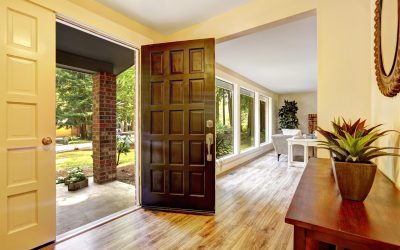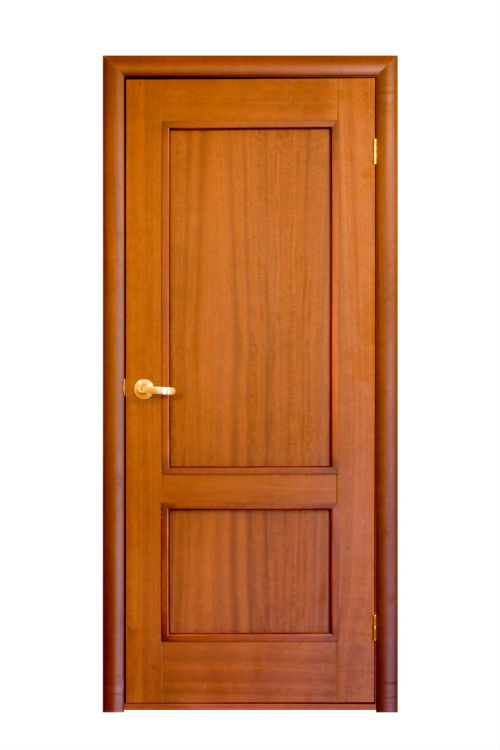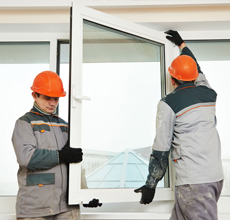There are three main types of hospital drapes that are available for purchase. Each one has its own advantages and style, so that you can choose something that will work in the rooms, be budget friendly and that will look great.
Ripplefold
If you want your hospital rooms to say modern and sleek, then you will want this type of drape. These are generally easy to maintain and look classic and beautiful with almost any décor.
The style of these drapes is unlike any other, and they are suspended in such a way to prevent sagging and tipping. You will not have to worry about repositioning the drapes all the time, either.
Every type of fabric used for these hospital drapes should be flame retardant because this is required in most hospitals. They can even be treated with an antimicrobial treatment upon request, to keep them properly disinfected to prevent disease.
The track will be slightly visible, but will be mostly hidden behind a panel that can match the color and pattern of the fabric itself.
Pinch Pleat
The pinch pleat hospital drape is considered a French look that is more traditional in hospitals and nursing homes. The hooks are completely hidden by the fabric and can hook onto almost any track available.
Wherever hooks are placed, the fabric is bunched together in three small bunches to create tight pleats at the top, which will flow down to a non-pleated bottom.
In most cases, you can choose to have these drapes open manually, by cord, baton or by installing a small motor, which can save time and money. No matter which option you choose, you will have beautiful hospital drapes that look traditional.
You can find these drapes in many different colors and patterns.
Stationary Panel
With the stationary panel drape, you will have a beautiful drape that isn’t meant to be moved. It will generally be on a track that offers no movement and will be hooked onto the track by hidden or non-hidden hooks or snaps.
It is a flexible fabric, so you may go underneath if you need to, but it is also meant to look like a solid wall that cannot be penetrated. This is helpful for areas that shouldn’t be open to patients and visitors to the hospital, but that don’t need to be closed and locked up. These come in many different colors, as well.


